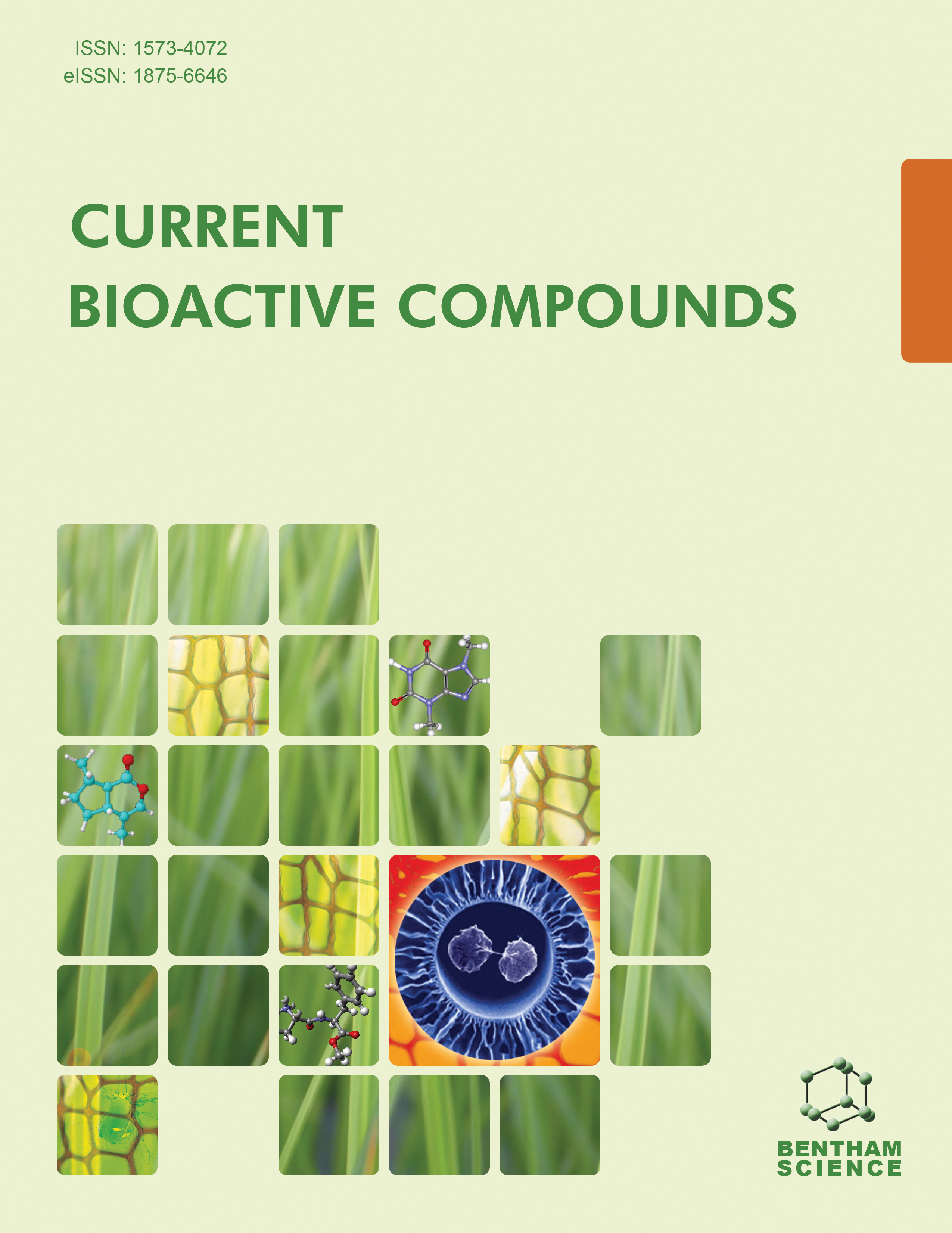
Full text loading...
We use cookies to track usage and preferences.I Understand

A complicated neural developmental condition, autism spectrum disorder (ASD) is marked by difficulties with social interaction, communication, and repetitive behaviours. There is increasing interest in complementary and alternative medicines, including medicinal plants, to treat the symptoms of ASD as incidence rates rise globally. This thorough analysis looks at the available data supporting a range of plant-based ASD control strategies. We assess important therapeutic herbs, including Curcuma longa (turmeric), Bacopa monnieri, Ginkgo biloba, Cannabis sativa, and Camellia sinensis (green tea), and talk about their bioactive components, possible modes of action, and clinical results. Several plants have neuroprotective, anti-inflammatory, and antioxidant qualities that may work against the underlying pathophysiological mechanisms of ASD. The body of data is still small, even if certain clinical studies yield encouraging results, especially in the areas of behaviour modification and symptom treatment. The diverse character of ASD, small sample sizes, and methodological problems are study challenges. We also talk about the restrictions and security issues surrounding herbal remedies. Potential directions for phytopharmaceutical design for ASD in the future, such as combination therapy, enhanced delivery strategies, and the requirement for more extensive, carefully planned clinical studies. The potential of medicinal plants in treating ASD is highlighted in this review, but it also emphasizes the urgent need for further thorough study to confirm their efficacy and safety.

Article metrics loading...

Full text loading...
References


Data & Media loading...